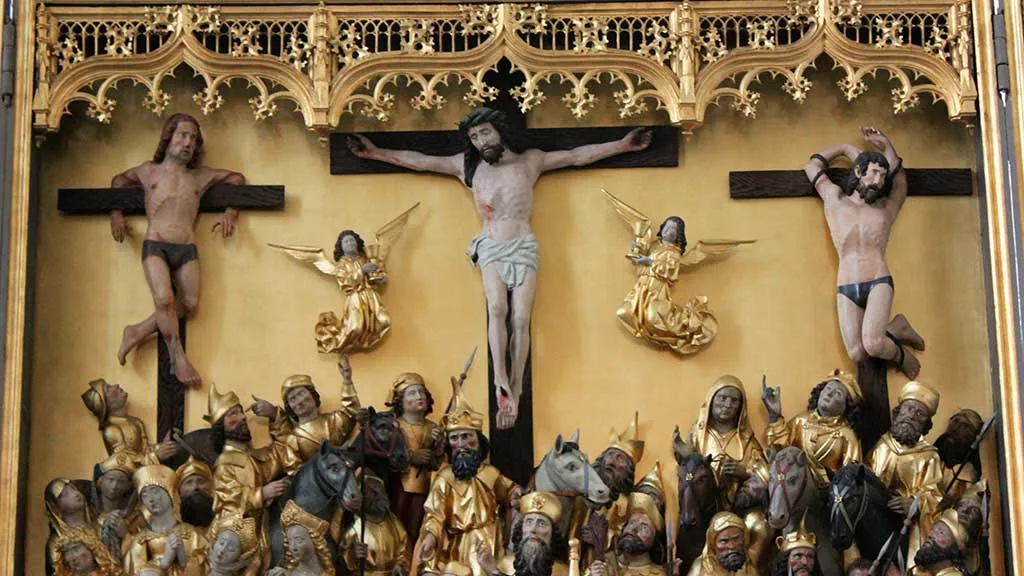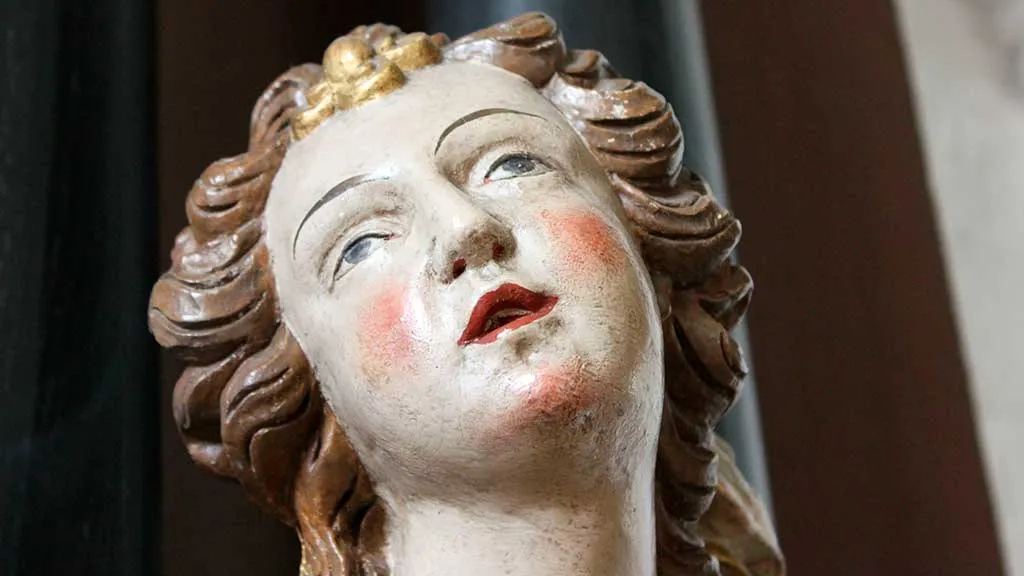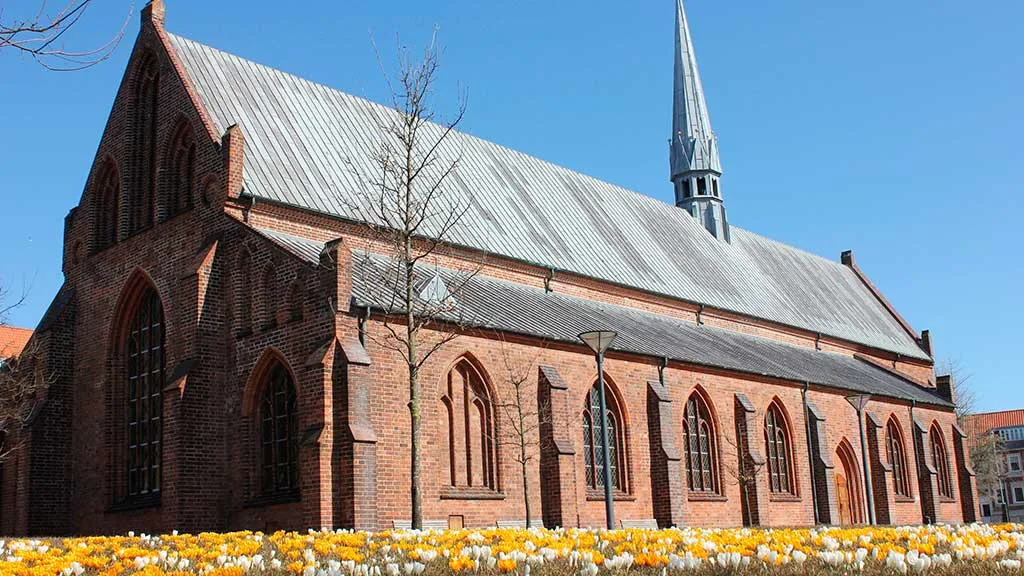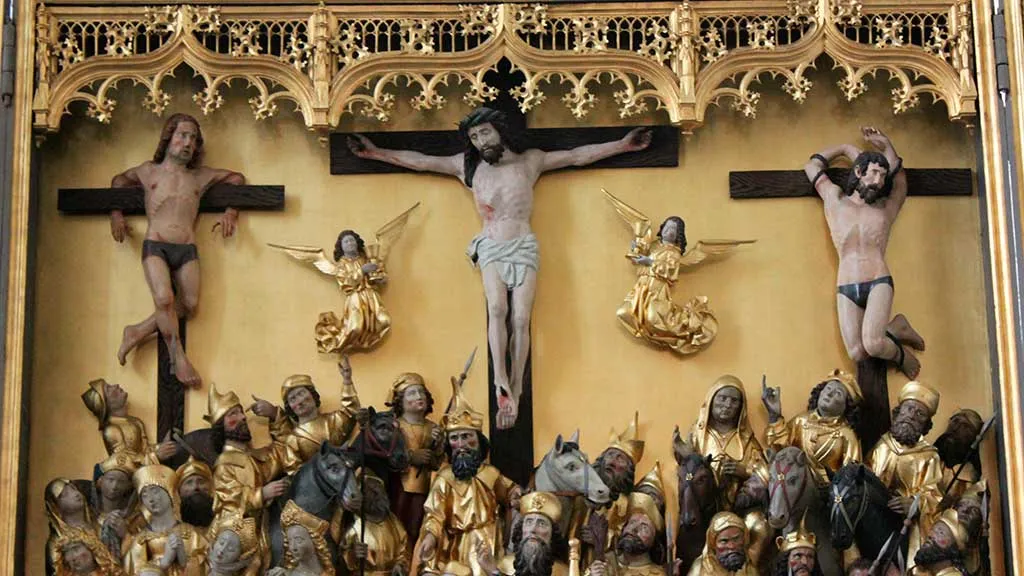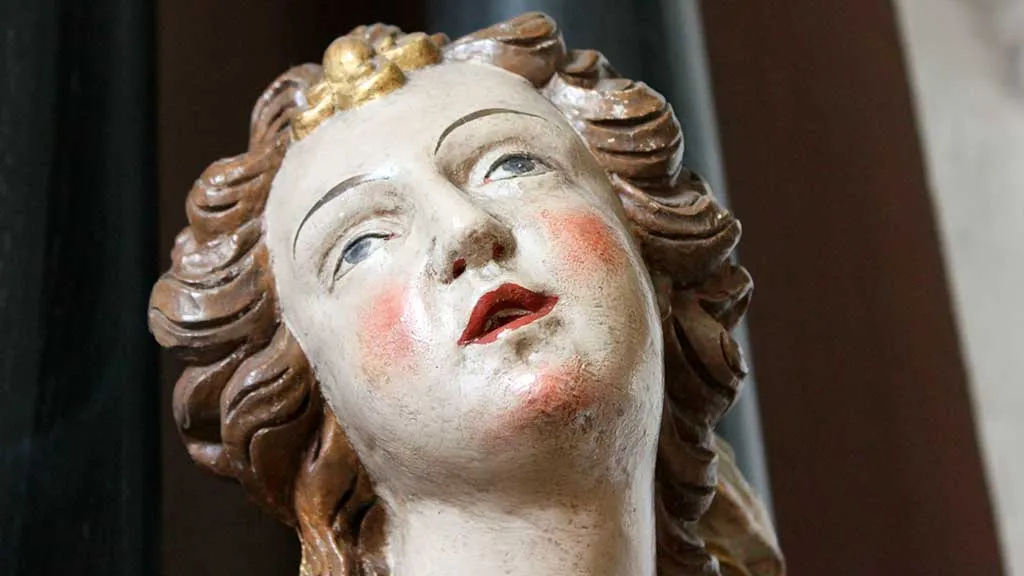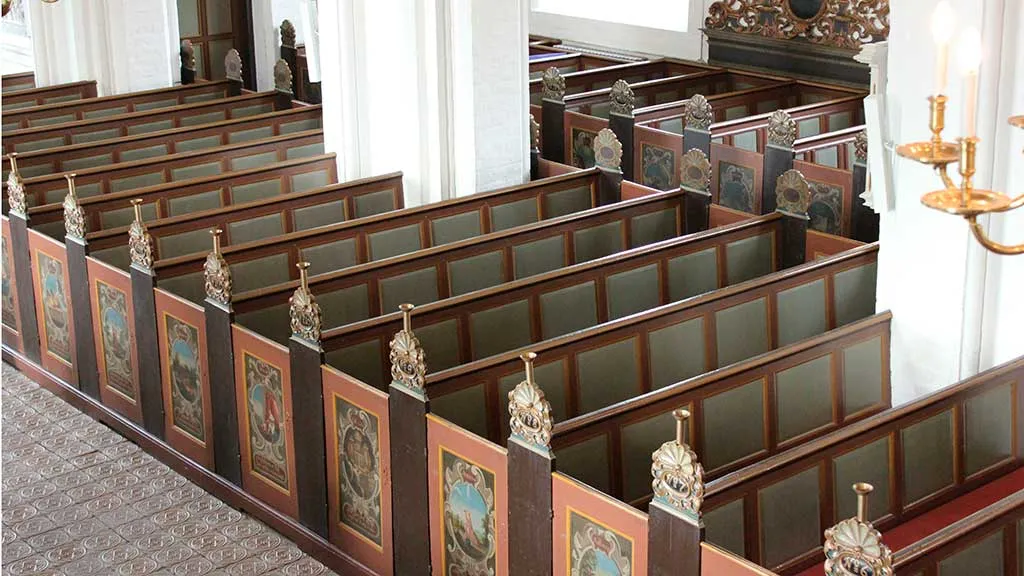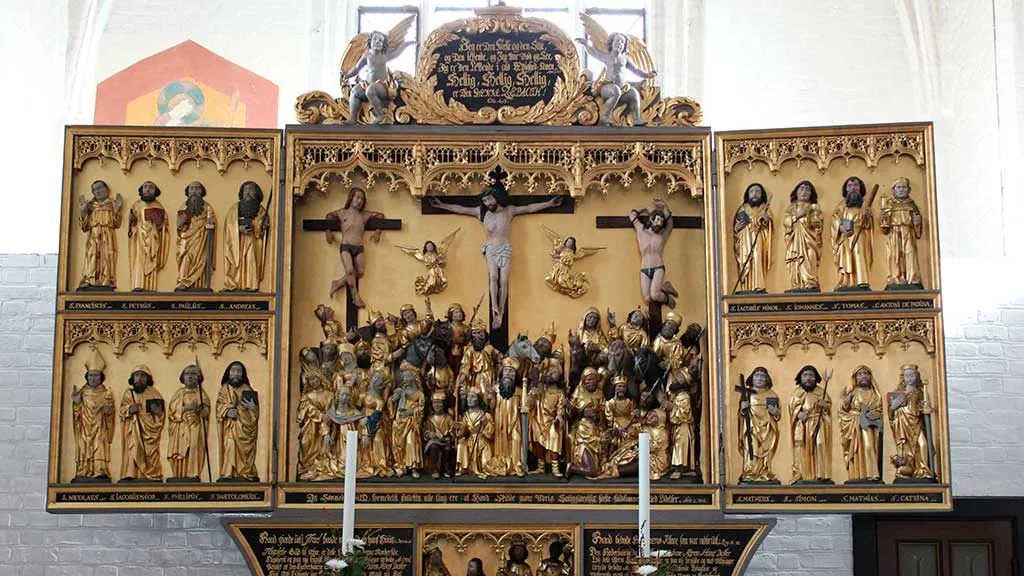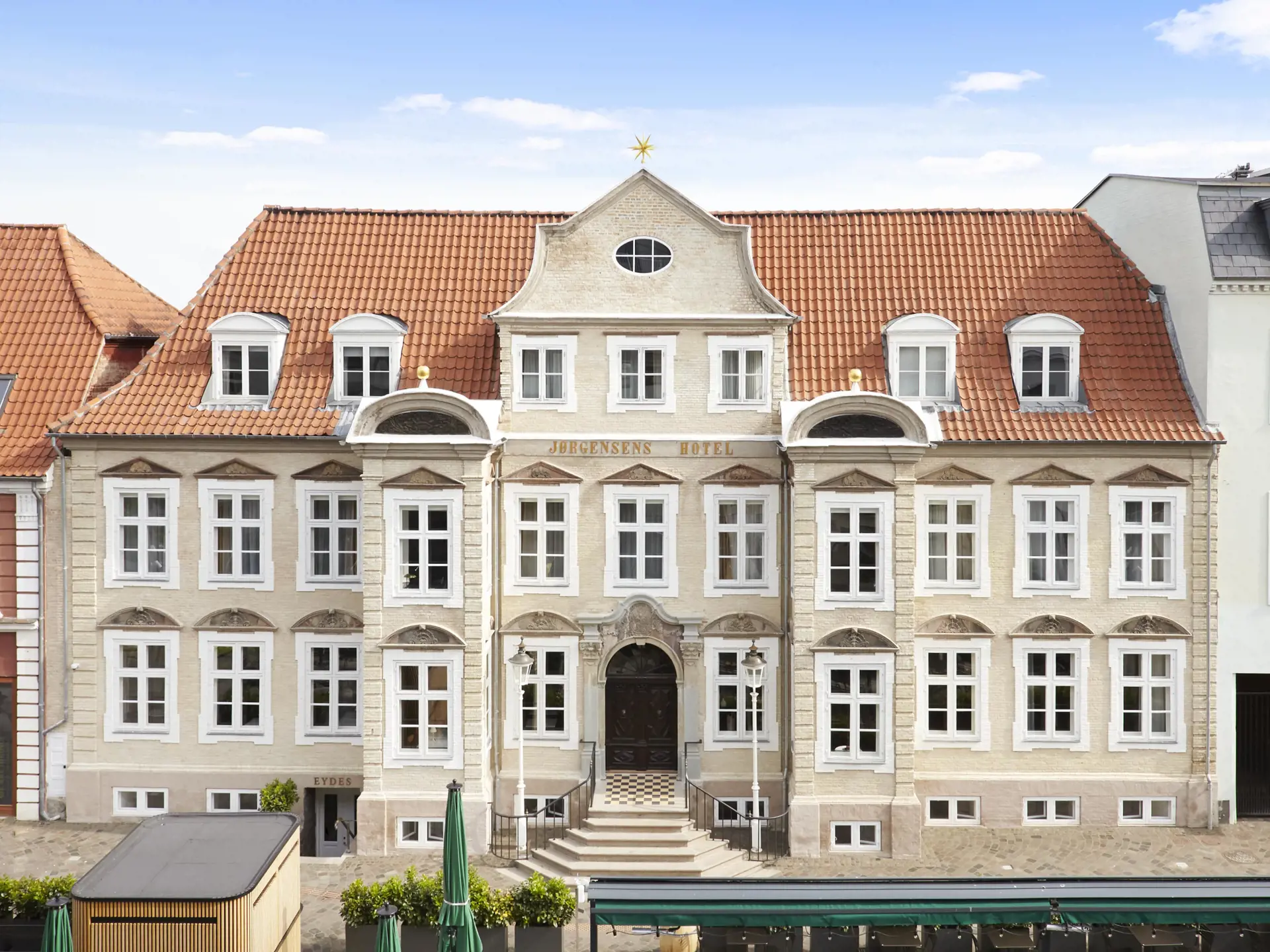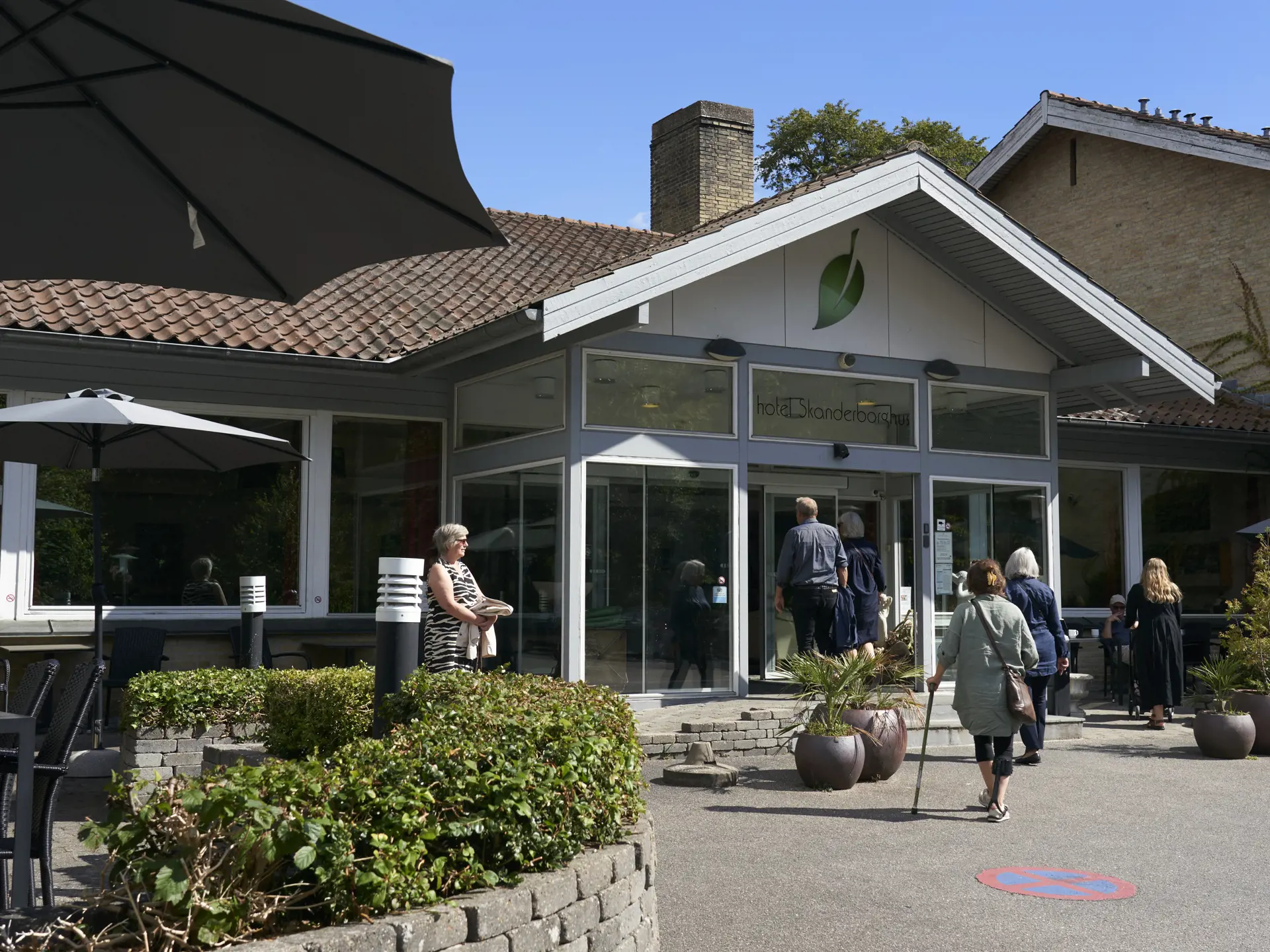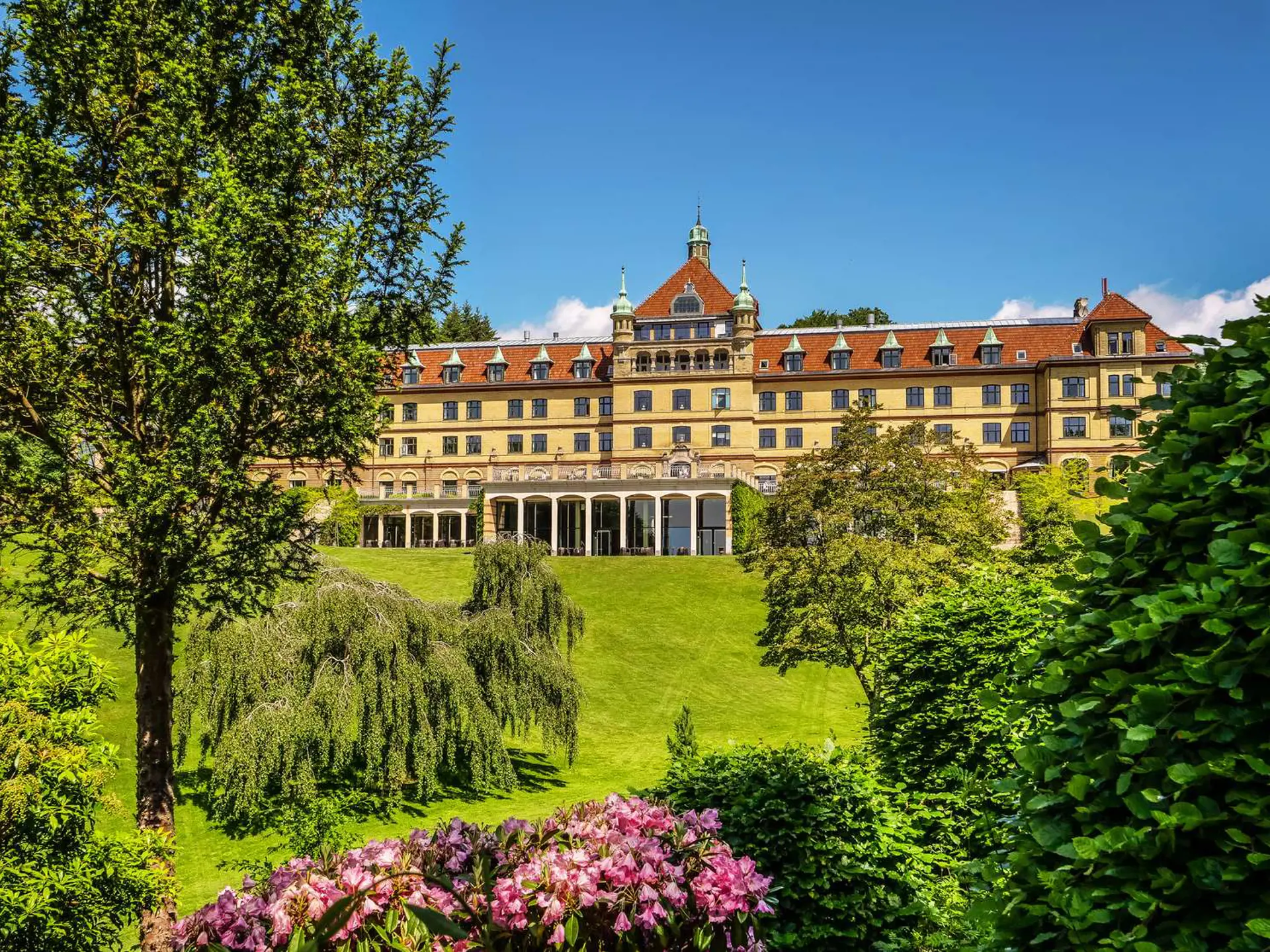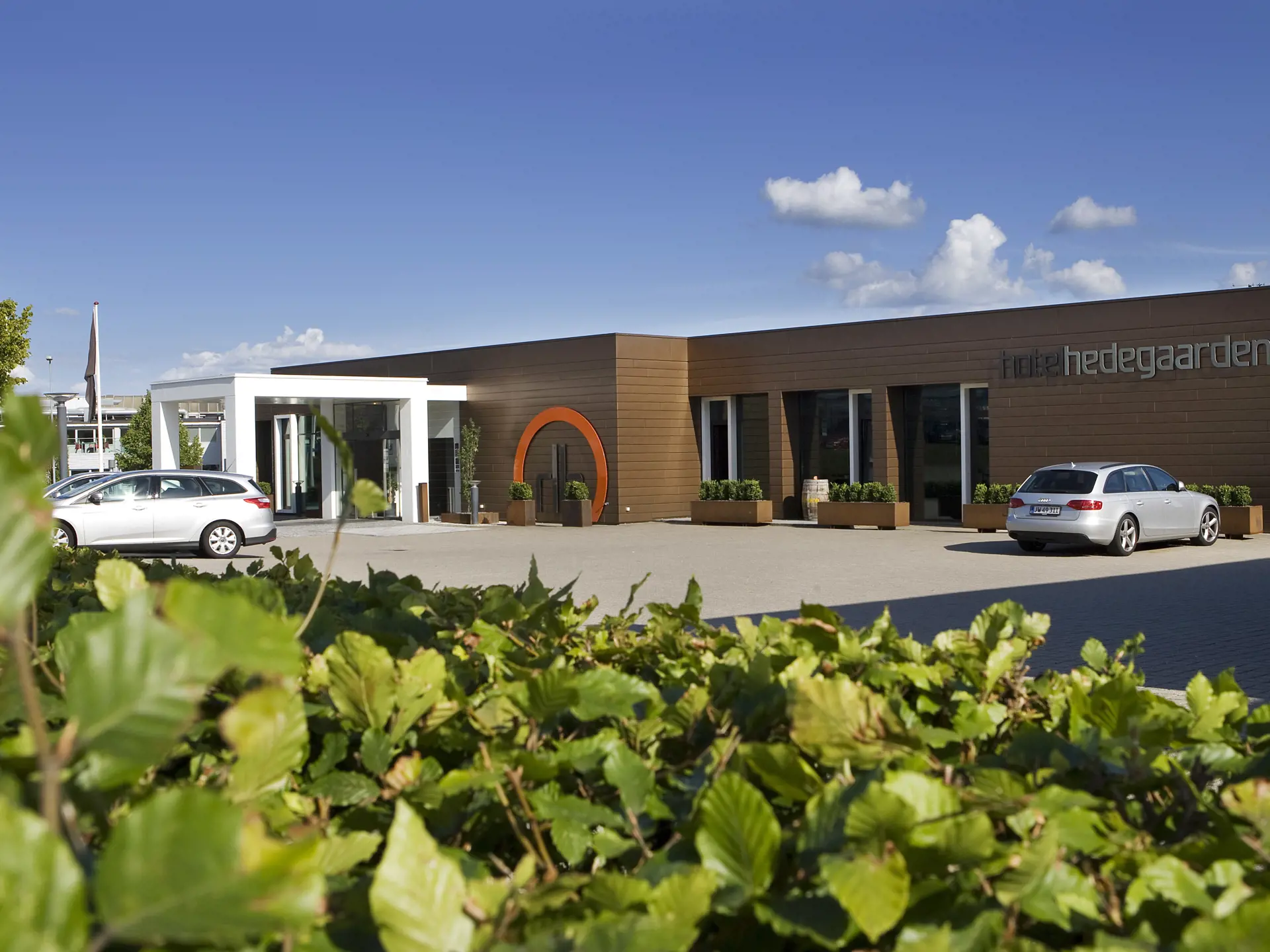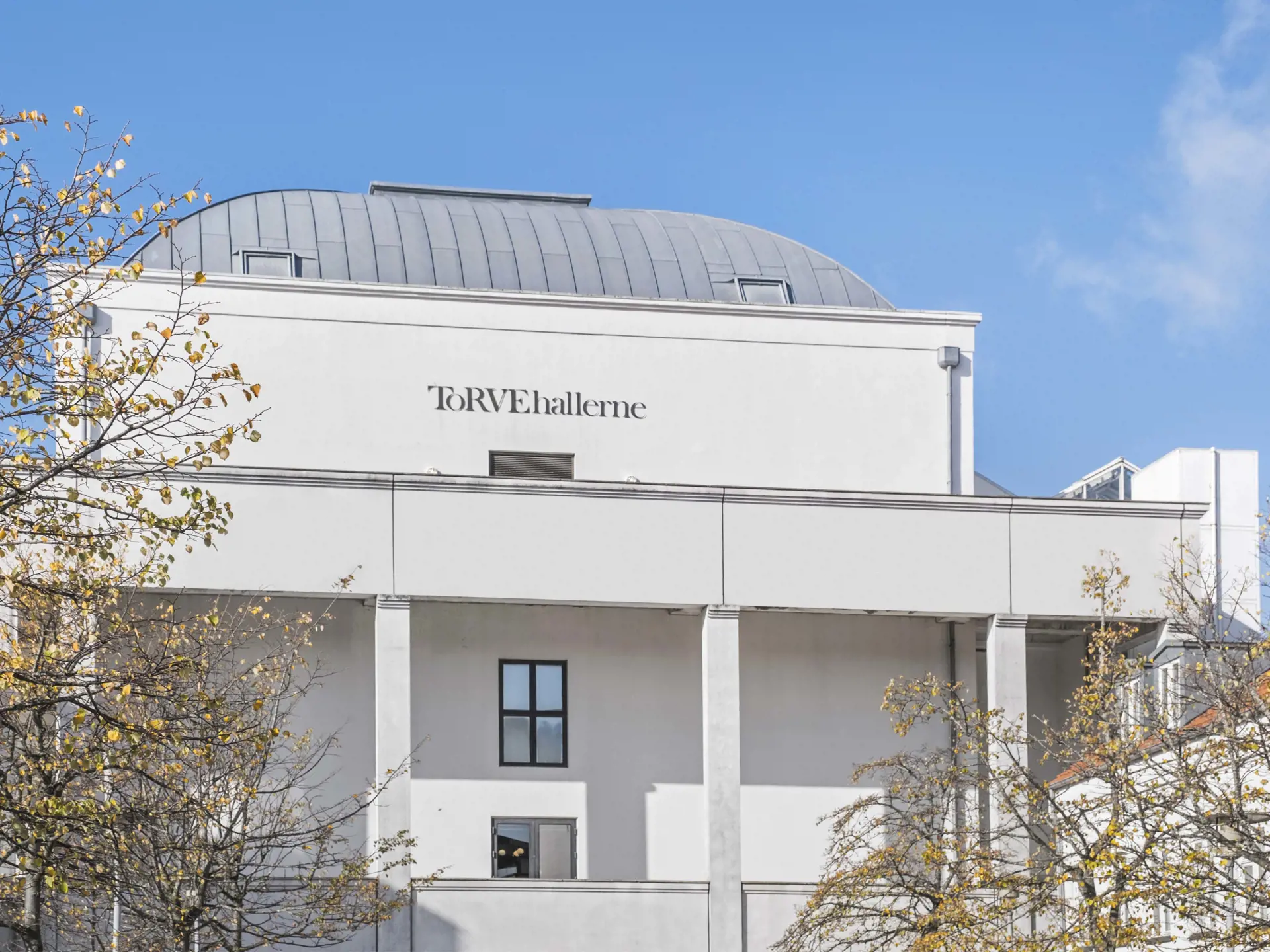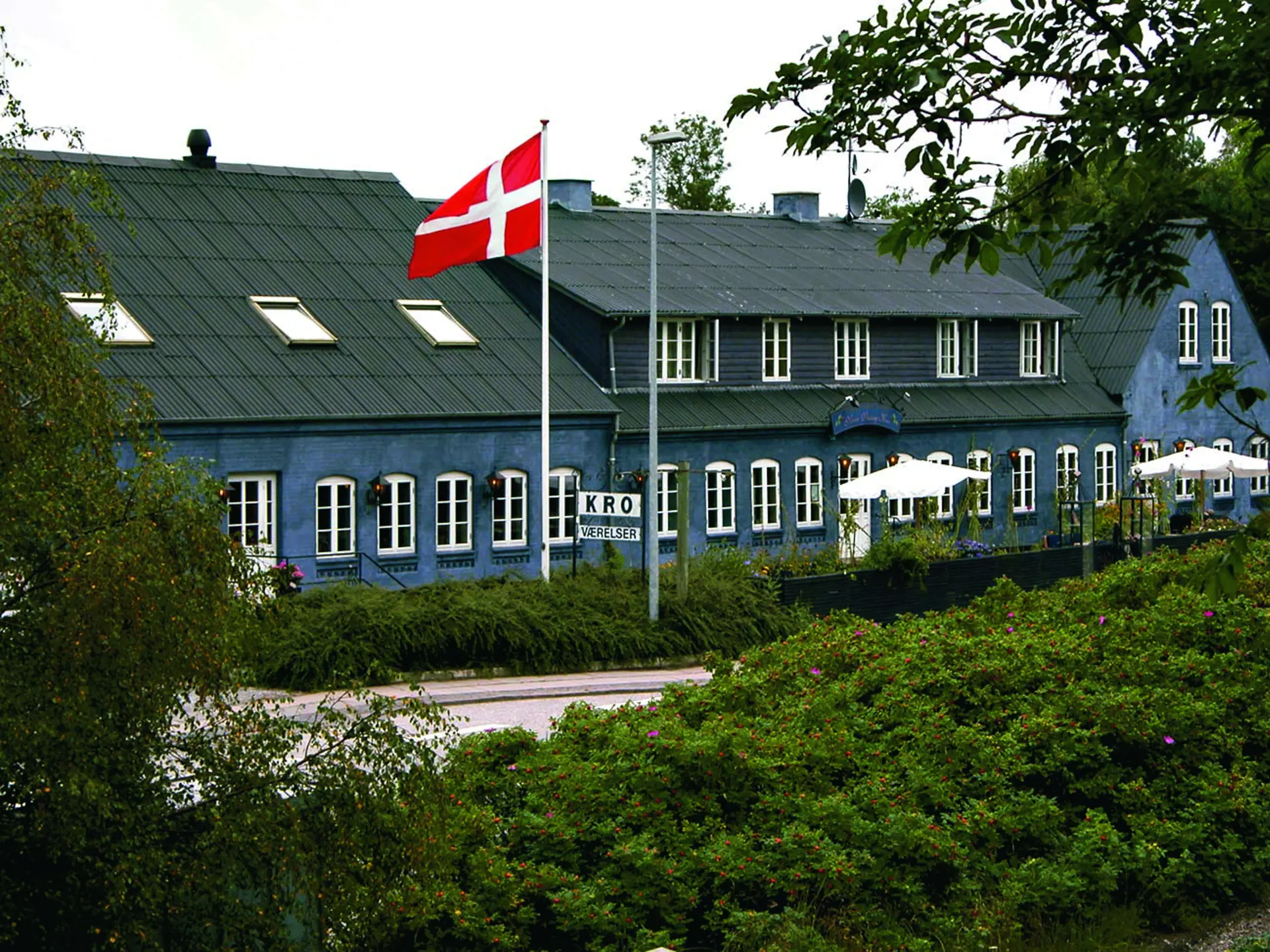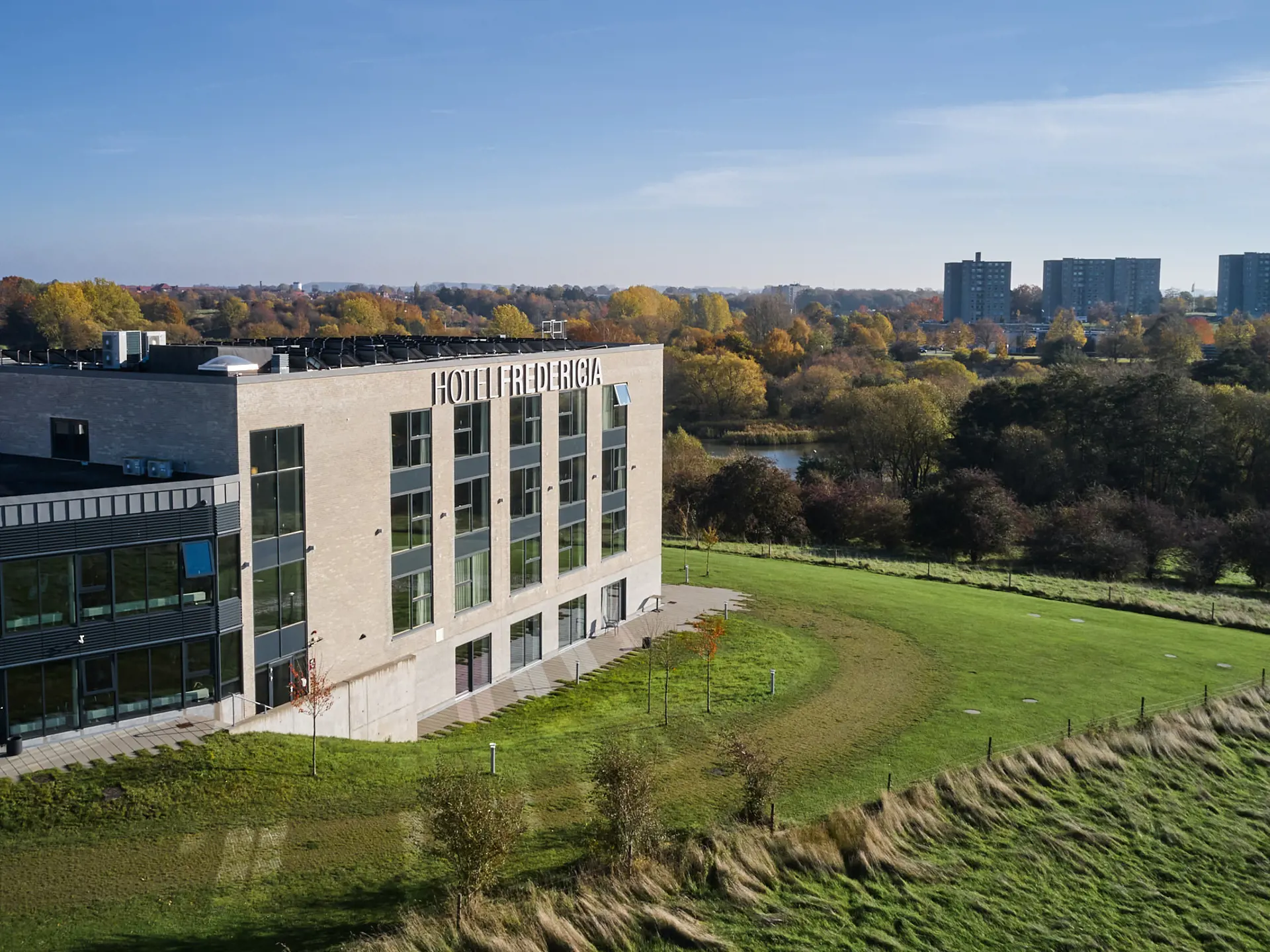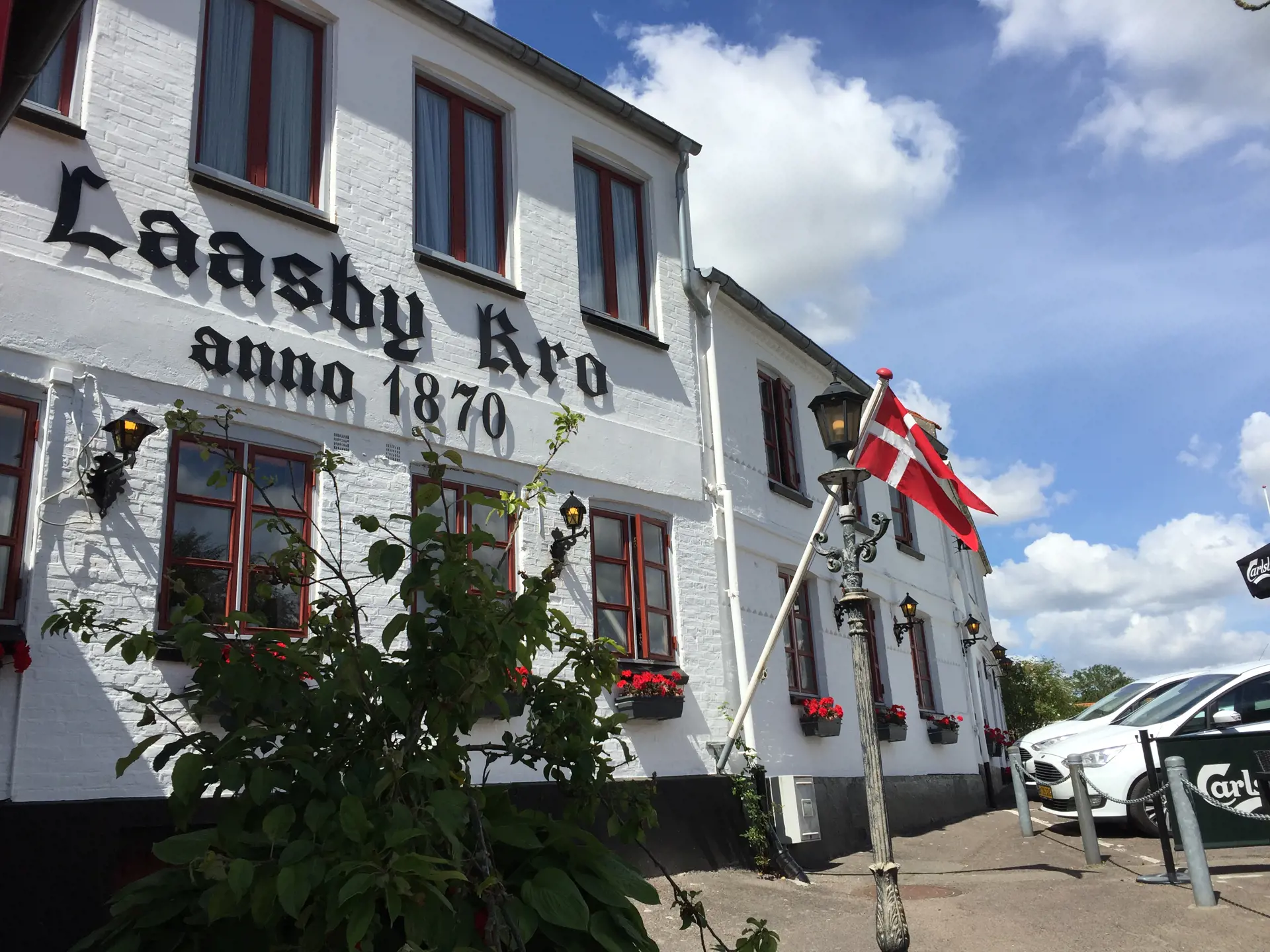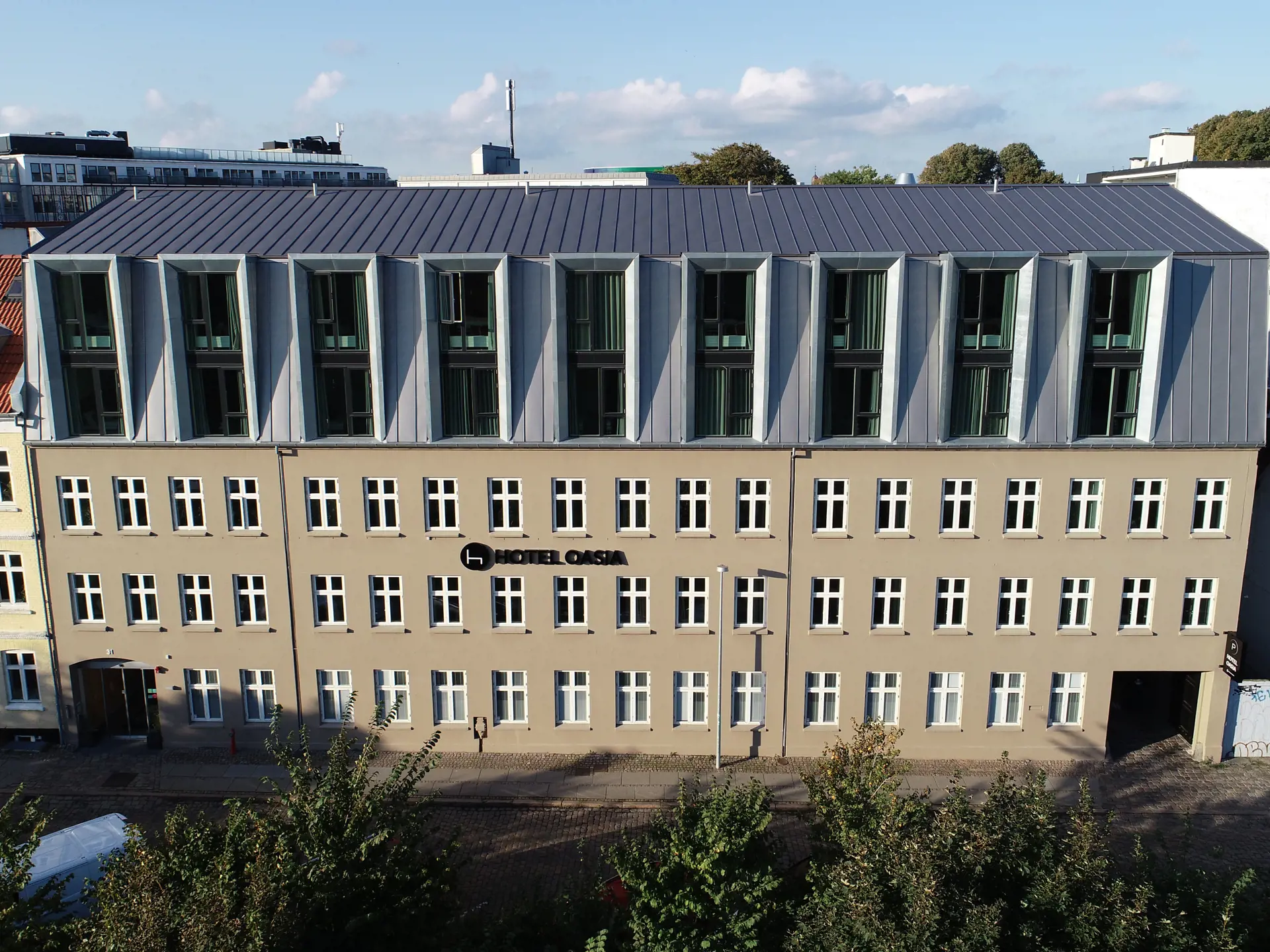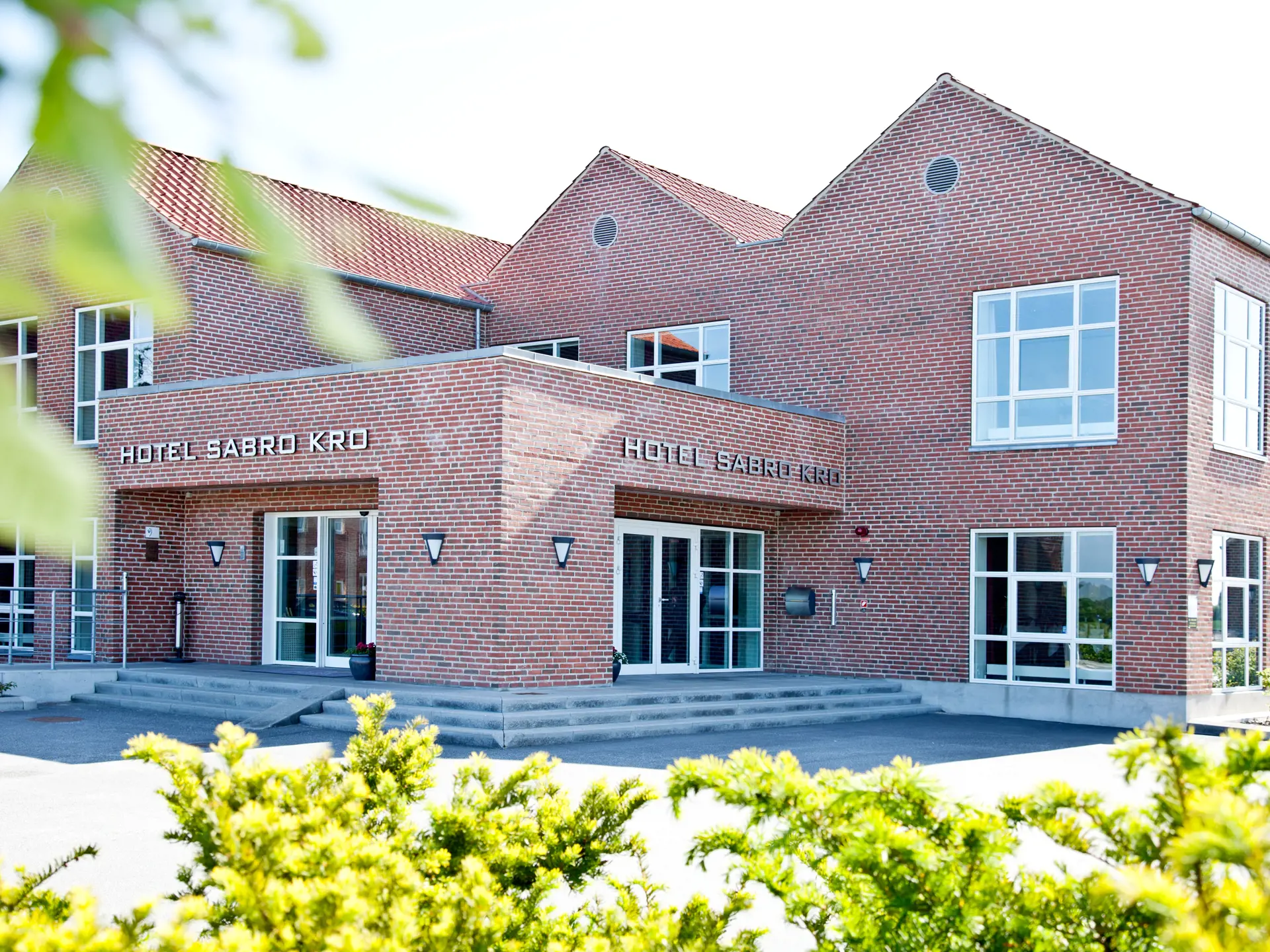Why is it called the Monastery Church?
The land where the Monastery Church stands today was donated in the 13th century as a gift to a community of Franciscan monks by the owner of Barritskov estate, a knight known simply as Mr. Niels. A monastery was built here for the Grey Friars. The Grey Friars were mendicant monks who relied on begging and alms for sustenance. Quite unusually, Mr. Niels himself chose to move into the monastery to live as a mendicant monk, which was certainly not typical for the nobility.
The monastery was constructed between 1261-1275, dating the Monastery Church to that period. Over the next centuries, the monastery underwent several reconstructions. By the 16th century, it stood as a magnificent four-winged structure made of red bricks, with the church comprising only the northern wing. The monastery played a significant role in the then-Catholic Denmark, with records indicating that several kings regularly used the church as a meeting place.
In the 16th century, the Reformation arrived, marking Denmark's transition from Catholicism to Protestantism. Although the official change in Denmark occurred in 1536, it didn't happen instantaneously, and Martin Luther's ideas circulated in society for decades, leading to religious disagreements. In the market town of Horsens, the Reformation had already succeeded by the late 1520s, causing the monastery to face considerable popular resistance. The monks in the monastery were physically attacked but held their ground for some years while the neighboring church, Church of Our Savior (Vor Frelsers Kirke), served as the Protestant parish church. In 1532, after royal intervention, the monks were finally ousted.
From the Reformation to Today
The majority of the monastery was demolished after the Reformation, as there was no desire to maintain a clear Catholic presence in the city. Other parts were simply destroyed during a major fire that leveled most of the town. However, the church was renovated at the crown's expense and has since functioned as a parish church in conjunction with (and alternating with) Church of Our Savior. The name 'Klosterkirken' (the Monastery Church) was allowed to persist, except for a single century when the church was called 'Slotskirken' (The Castle Church) as it served the nearby Stjernholm Castle.
In the 19th century, the church fell into disuse and was downgraded to a backup church. It was even used as a gunpowder depot, a temporary hospital, and a mortuary. However, by the late 19th century, there was a desire to restore the church to its grandeur from the 16th century, resulting in a major renovation that gave the church its present appearance.
About The Monastery Church
The church you encounter today is a beautiful and Gothic structure. The church interior is richly adorned and very atmospheric. The altarpiece dates back to the 16th century and was previously housed in The Church of Our Savior. The pulpit is from around the year 1600, and in the church choir, two monk chairs still stand, with revealingly carved year dates and names by a couple of boys from the town's Latin school in days of old.
There are several choir stalls with engraved coats of arms from affluent families. Along the choir screen stand two lordly chairs. They date back to 1738 and were built for Gerhard de Lichtenberg and his wife. Here, they could sit shielded from the crowd's view. De Lichtenberg was a wealthy merchant who lived in the palace, which is now called Jørgensens Hotel. Lordly chairs were present in many churches and were a good source of income as the church received a fee for them.
Additionally, there are several memorial plaques and burial chapels in the church. Wealthy individuals could purchase part of the church for a burial chapel. Cellars could also be purchased, providing space for the entire family. There are quite extravagant chapels still visible in the church when you visit, including the Lichtenberg chapel.
Various local affluent individuals have purchased memorials in the church through chapels, memorial plaques, baptistries, and similar items. They have contributed to the church's extensive furnishings while also helping to finance its operation.
When you visit the church, you'll see styles from all periods from the 12th century to the present day. In this way, the church is an exceptionally interesting piece of art history.
The churchyard outside hasn't been used for over 200 years since it became too small for the city's growing population. You can therefore see some very old tombstones in the churchyard.
Surrounding the church are some narrow, picturesque cobblestone streets, well worth a visit. Especially the small alley Kirkegyden, connecting the churchyard with Åboulevarden in a beautiful blend of past and present.
Do you want to visit The Monastery Church?
The Monastery Church is open Tuesday to Friday from 9 am to 2 pm from September to May. During the summer period, it is open Monday to Friday from 9 am to 5 pm. You are welcome to come in and admire the church and its fascinating furnishings, but please respect the church's religious function. The church may be in use for worship services and ceremonies.
More Historical Attractions
The Coastal Land offers many exciting historical attractions, ranging from ancient times to industrial history, from museums to architectural marvels, and attractions in nature. On this page, you can find inspiration for historically intriguing experiences near Horsens, Odder, and Juelsminde.

